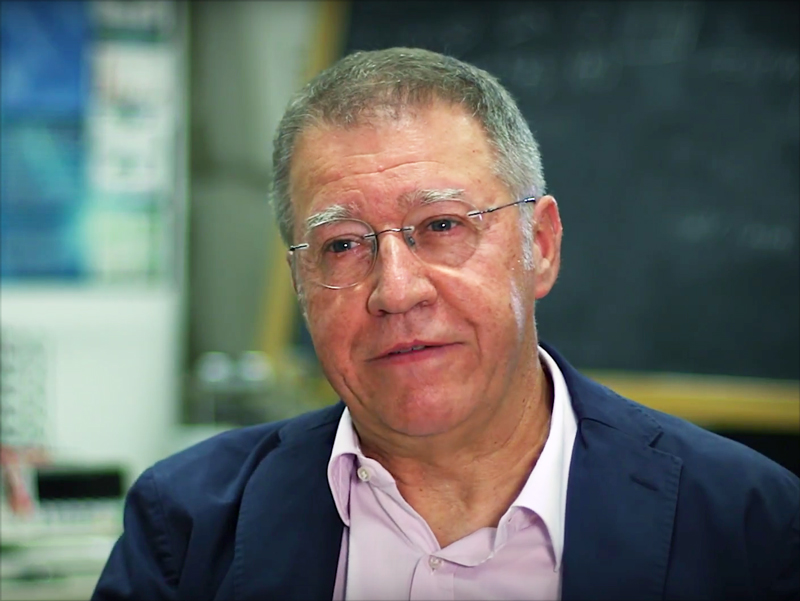
CNAF, the INFN National Centre for information and communications technologies recently restarted its full operations, after the recovery operations made necessary by a serious flooding that hit its headquarters in Bologna last November. CNAF hosts the TIER1 centre for the LHC experiments and is a point of reference for many other experiments in which the INFN is involved. It deals with the research and development of innovative digital technologies for applications in different scientific disciplines and it is one of the most important centres of distributed computing in Italy. We spoke about CNAF’s present and future projects, in the era of big data and supercomputing, with its director Gaetano Maron.
Starting a few weeks ago, a dedicated ultra-fast fibre link now connects the CNAF LHC-Tier1 centre to CINECA.
Last October, INFN signed a collaboration agreement with CINECA establishing the exclusive use of a part of CINECA’s computing resources by both our theoretical and experimental researchers. This agreement has directly affected CNAF which maintains an interest to have sufficient computational processing power, albeit retaining in its LHC-Tier1 computing centre a relevant part of the data, of
...
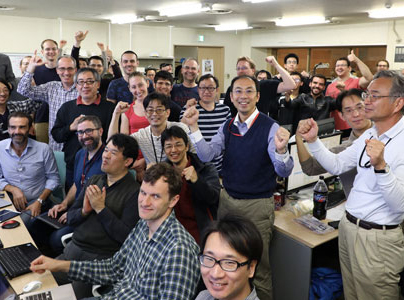
On April 25, at the KEK laboratory, in Tsukuba, Japan, electrons and antielectrons collided for the first time in the SuperKEKB accelerator. The events were observed by the Belle II detector, designed and built also thanks to INFN. SuperKEKB, the world's highest luminosity accelerator, came hence into operation. The first electron beam circulated in the accelerator on March 21, ...
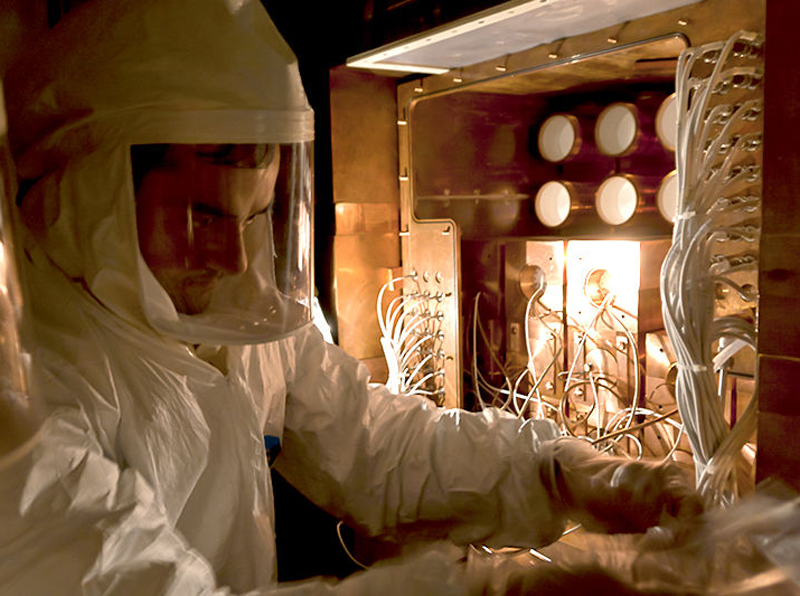
The international collaboration DAMA, operating at the INFN Gran Sasso National Laboratories (LNGS), has recently presented to the LNGS Scientific Committee the first results obtained by the DAMA/LIBRA-Phase2 detector. The experimental approach employed by the experiment is based on the study of the model independent signature of the annual modulation of dark matter’s signal, ...
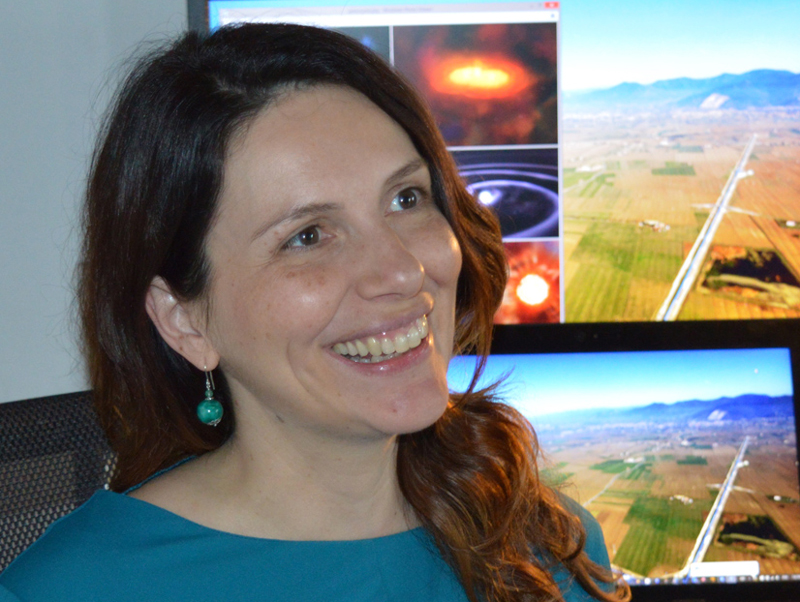
There is the Italian researcher Marica Branchesi in TIME’s annual list of the world’s 100 most influential people. A new recognition, therefore, for the work done by Branchesi, researcher at GSSI, Gran Sasso Science Institute, and INFN, with the historical observation of the collision of two neutron stars: an event that introduced a new way of studying our universe, opening the era of multi-messenger astronomy. ...
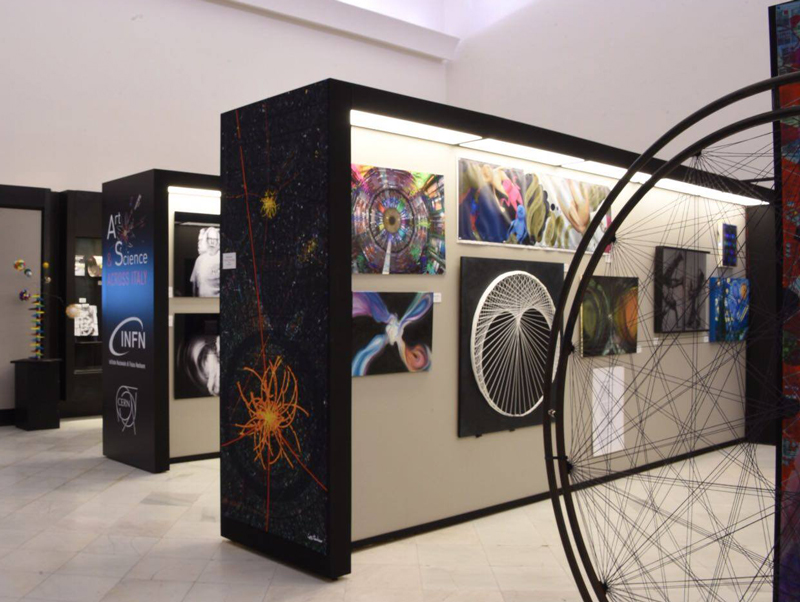 ART&SCIENCE ACROSS ITALY: THE EUROPEAN PROJECT FOR SCHOOLS IN WHICH SCIENCE INSPIRES ART
ART&SCIENCE ACROSS ITALY: THE EUROPEAN PROJECT FOR SCHOOLS IN WHICH SCIENCE INSPIRES ART
The national final award ceremony held on 6th April in Naples marked the end of the Art&Science across Italy competition: the European project for the dissemination of scientific culture in Italian high schools, organized for the years 2016-18 by INFN, CERN and by the European network CREATIONS. Spun off from the international movement called STEAM (Science, Technology, Engineering, Art and Mathematics), engaged in initiatives to unite the creativity of the scientific sector with the arts, the ...
cover image:
The Belle II detector at the SuperKEKB accelerator in Japan.
INFN - COMMUNICATIONS OFFICE
comunicazione@presid.infn.it
+39 06 6868162